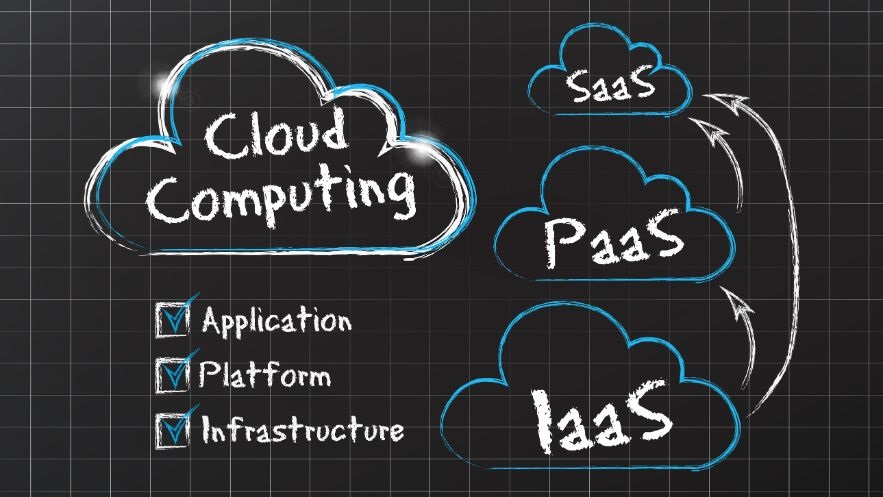As presented in our previous article Managing SaaS Expenditures: Key Questions for CFOs to Consider, SaaS spend management is a critical task for finance leaders, as SaaS applications can represent a significant portion of a company’s IT budget. With the rapid growth of SaaS, it is vital to have a clear understanding of where your SaaS spend is going and how you can optimize it. In this article, we will discuss the importance of SaaS spend management for finance, and provide a step-by-step approach to effective SaaS spend management.
Five steps for effective SaaS spend management for finance
SaaS spend management is an important task for CFOs and their teams. Here are steps for effective SaaS spend management for finance:
- Identify all SaaS applications in use including those formally procured as well as applications resulting from rogue spend or inherited through M&A. For companies that lack an up-to-date register of all applications in use, companies can start by reviewing recurring invoices. The challenge with this method is the various billing cycles. Some software is paid quarterly, whereas others may be paid annually or longer, creating an extensive list of invoices that must be reviewed to identify any SaaS spend.
- Gather relevant details about your SaaS spend so you have an understanding of the metrics that drive cost. Once all of the SaaS applications have been identified, compile important data points from the SaaS contracts including:
- Payment terms
- Pricing structure
- Contract term
- Analyze SaaS spending impact and utilization. Identify areas of overspending, redundancy, underutilization, and shadow IT. This analysis can be done using a variety of tools, such as spreadsheets or SaaS spend management software.
- Develop a plan to reduce SaaS spending. This plan should include specific actions the company will take to reduce its SaaS costs including:
- Negotiating better pricing at current utilization levels or finding ways to consolidate vendors, capture volume, or multiple product discounts
- Eliminating unused or underutilized subscriptions or software licenses
- Find competing vendors via review websites (e.g., G2) who can help identify less expensive alternatives to applications currently being used
- Implement the plan to reduce SaaS spending. This may involve some or all of the actions listed above or implementing a SaaS spend management software or platform.
A SaaS spend management solution can help automate the process of managing and optimizing your SaaS stack, and provide insight into where costs can be reduced or better invested. Due to the number of applications most organizations use and the renewals they process in a year, leveraging a purpose-built SaaS spend management platform can save you time and money, and provide real-time visibility into your SaaS stack. While it may seem strange to purchase software to help you save on software, a SaaS spend management solution helps you ensure you are continually maximizing your SaaS investments.
Top benefits of a SaaS spend management solution for finance
The current model for tracking SaaS spend for many organizations is some variation of a manual spreadsheet. While this method can feel sufficient and appears less expensive than purchasing an application, in many instances the real cost of using a spreadsheet is the labor hours required to create and keep it up to date, and the costs attributable to missed savings opportunities. A SaaS spend management solution can help finance teams save time and money, improve visibility into spending, and reduce risk.
Cost Optimization
SaaS spend management software enables data-driven decisions regarding SaaS applications in your organization, ensuring you always get the best value for your investment, even under a fixed-cost model. By analyzing the usage and performance of various applications, SaaS spend management software helps you identify which should be retained and which can be retired to optimize costs.
License Utilization
Tracking license usage is crucial for efficient resource allocation. A SaaS spend management solution provides insights into which applications are most utilized, allowing you to free up underutilized licenses for potential reallocation to other areas within your organization.
Budget Visibility
A comprehensive view of your SaaS spending is essential for budget control. A SaaS spend management software built with finance in mind gives a CFO or finance team member the ability to understand committed vs available spend, timing of upcoming payments, and renewal windows to achieve cost savings, empowering more informed budget decisions.
License Reuse
When replacing an existing tool with a new one, a SaaS spend management software streamlines the process by identifying licenses that can be reclaimed and reissued for the new tool. This ‘one in, one out’ model ensures efficient management of transitions while minimizing additional expenses.
Vendor Negotiations
Data-driven insights allow you to know exactly how many licenses you need and offer usage data to strengthen your vendor negotiations, resulting in potential cost savings and more favorable contract terms.
Reduced Risk
Information and data security may be in IT’s purview, but automated onboarding and offboarding of employees and instantaneous knowledge of software purchases allow finance to partner with IT to prevent or limit unauthorized access to private information. Providing documentation of who has access to core applications will facilitate both financial and SOC audits.
Summary
Managing SaaS spend can seem like a daunting task, but with a step-by-step approach and effective tools, it is possible to gain control over your expenses. By following the tips outlined in this article, you can save money by eliminating unnecessary subscriptions and optimize your budget for maximum efficiency. Remember to regularly assess your SaaS usage and make adjustments as needed. With a proactive mindset and proper management techniques, you can turn chaos into control and achieve success in your SaaS spend management journey.





